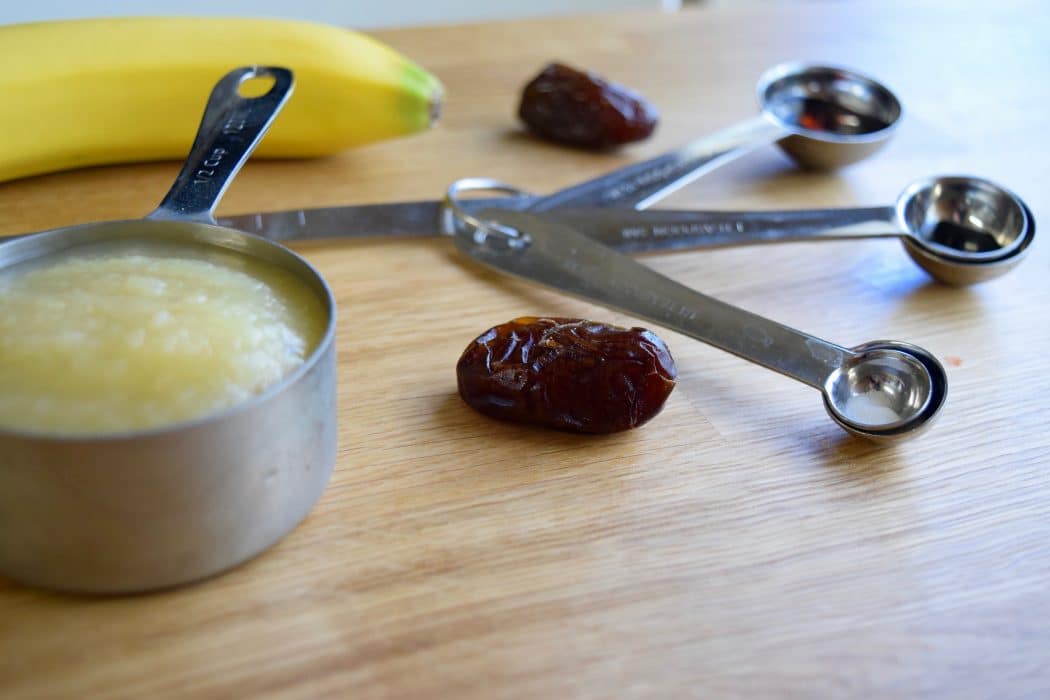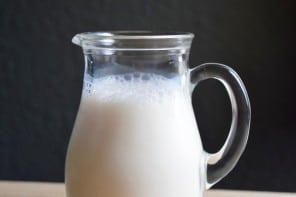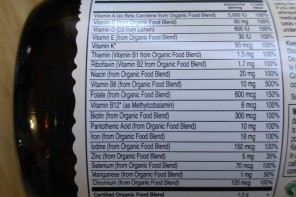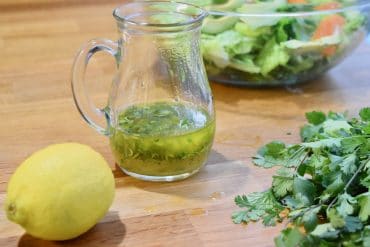Sugar never really seemed like a huge deal until about five years ago. Up until then, although I knew that sugar was definitely not good in high amounts, I really didn’t think twice about eating it or checking ingredient labels for it. I mean, it was natural, right?
My husband, whom I have known since we were 17, has always had terrible migraines. The kind of migraines that make him physically ill, in debilitating pain, and completely bed ridden. He would get a bad one about once or twice a month, with mild ones occurring regularly. His treatment, after seeing several doctors, was a pill. Then, he started seeing a locally recommended chiropractor in the hopes that it would help his back and neck. This particular chiropractor put my husband on an elimination diet to see what triggered the health issues he was having. So, he cut out alcohol, caffeine, sugar, and dairy to start. And after reintroducing these things, what did we discover? That sugar nearly always triggered headaches and migraines.
It was then that I started checking ingredient labels to help him avoid sugar. And I was incredibly disappointed. Everything had sugar: bread, ketchup, crackers, trail mix, cereal, peanut butter, etc. We worked out a variety of brands and products that are free of sugar and pretty healthy but what about desserts? Baked goods? Sauces and foods that needed sweetening?
I needed to take control and create recipes that were healthier and free of all refined ingredients, including sugar. The result of practice, trial and error, and lots of cooking is this guide on natural sweeteners.
First, Isn’t sugar natural? Are natural sweeteners actually better?
The answer to these questions is simple… yet complicated. Sugar is found in many foods naturally and is basically a carbohydrate that the body uses as energy. Table sugar and high fructose corn syrup are both highly processed with all of their nutritional content stripped away. What’s left is a substance that very quickly spikes your insulin levels and blood sugar before an inevitable crash. The sugar found in fruit, for example, is processed much slower because of the fiber and other nutrients present. Natural liquid sweeteners are much closer to table sugar in the way that the body processes them, but contain a wide range of vitamins, minerals, amino acids, and nutrients. We found that it takes a great deal more of a natural sugar to give my husband a headache than it does refined sugar.
No sugar or just fruit is of course the healthiest. Liquid and granulated sweeteners are still pretty close to table sugar, they are just more nutritious. Here are the natural sugars I use and recommend:
Applesauce
This is a frequently used sweetener around here. It doesn’t add as much sweetness as others, but I find that I can reduce the amount of maple syrup in a recipe that uses applesauce. Unless I use a lot or add enhancing spices like cinnamon, there is not a lot of apple flavor in a baked recipe from the use of applesauce. This makes it super versatile. Applesauce contains all the great nutrients as apples: fiber, flavonoids, and vitamin c.
How to use: Applesauce can be used to replace eggs, oil, and sugar. Replace 1 cup sugar with 1 cup applesauce but reduce other liquids by 1/4 cup. The same 1:1 ratio works when replacing oil. Replace each egg with 1/4 cup applesauce.
Bananas
Bananas are super similar in use to applesauce. Use them to replace eggs, oil, and sugar. I typically use banana only if I want a banana flavor because it is so distinct in any recipe that it is used. But when it works, it works incredibly well. Bananas are a great source of fiber, potassium, magnesium, vitamin b6, and vitamin c.
How to use: Replace 1 cup sugar with 1 cup mashed banana. Use the same ratio for oil and about 1/4 cup to replace 1 egg. The more ripe the banana, the sweeter it is.
Coconut Sugar
This is a newer sugar that I don’t have a ton of experience with. It’s low on the glycemic index but made from the coconut palm, not the actual coconut. The sap is collected and heated until the liquid has evaporated. The resulting granules are coconut sugar. There isn’t a ton of research on it, but it’s been around for centuries and is not nearly as processed as table sugar. It has iron, potassium, zinc, and a substance called inulin, which slows the absorption. This is why it is low on the glycemic index.
How to use: Use a a 1:1 sugar replacement. For 1 cup sugar, use 1 cup coconut sugar. It is similar in flavor to brown sugar so it will add a touch of nuttiness and depth, but there is no coconut flavor and is very neutral.
Dates
I love to use dates when I need something both sweet and thick. I use it in my truffles for a smooth center and my granola bars for both sweetness and a chewy consistency. In baking especially, they can have a deep and rich flavor so it works well in recipes with molasses, pumpkin, apples, cinnamon, and other rich, spiced or heavy baked goods. Dates are packed with potassium, calcium, fiber and antioxidants.
How to use: Let 1 cup pitted dates soak in about 1/2 – 3/4 cup hot water. Puree until smooth. Replace 1 cup sugar with 1 cup date puree. Dates are also great in smoothies and added to things like oatmeal, experiment with a few dates at a time.
Maple Syrup
This is the sweetener I use most frequently in baking because I have had great experiences with it in vegan baking. Good quality maple syrup is unprocessed and contains quite a bit of manganese and zinc. It also has a number of antioxidants.
How to use: Add it to sweeten up oatmeal, granola, sauces, marinades, dressings, etc. In baking, substitute 1 cup sugar with 3/4 cup maple syrup. Reduce other liquids by 2 tablespoons.
Molasses
Molasses is not as sweet as other sweeteners, but packs quite a nutritional punch. It contains as many antioxidants as nuts and berries. It also has iron, calcium, and vitamin b6. When sugar cane juice is boiled down to extract the sugar crystals, the remaining liquid is molasses. Darker molasses has more nutrients, but can be more bitter.
How to use: If replacing sugar completely, use 1 1/3 cup molasses for every 1 cup sugar and reduce the liquid by 4 or 5 tablespoons. I like to use molasses with another sweetener like maple syrup or dates to give it more sweetness and less intensity.
Other natural sweeteners
There are several natural sweeteners that I did not include in the list. Stevia, a natural sweetener with growing popularity shows promise because it does not raise blood sugar and is very sweet. The problem with stevia is that what’s in stores is highly processed and may pose some health concerns. Agave nectar was not included in my list because it is highly processed in a very similar way to high fructose corn syrup. Although it could be considered healthy when made in the traditional fashion, what is sold in stores is far from it. Brown rice syrup would be a great addition to my list but recent findings of high levels of arsenic have made me think twice about it. And finally, I didn’t include honey because of ethical reasons. Unless the honey is sourced from a local and humane bee keeper, most honey is not ethically harvested. Maple syrup is a much kinder replacement.
A final word on sugar
We have our fair share of sweet food around here, but when it comes to sugar or natural sweetener, less is always better. Of course, avoiding processed ingredients I think is a great step in protecting our health. A big bowl of fruit is a much healthier dessert… but it’s good to indulge every now and then.






